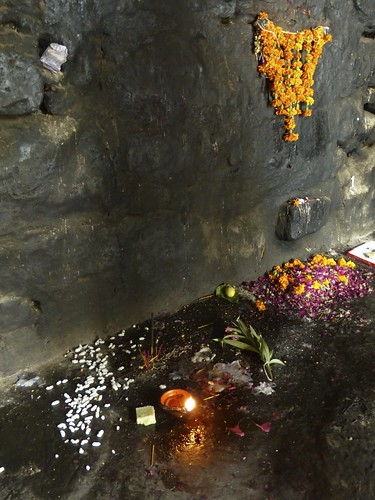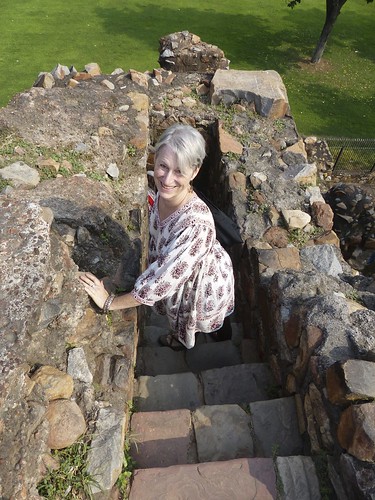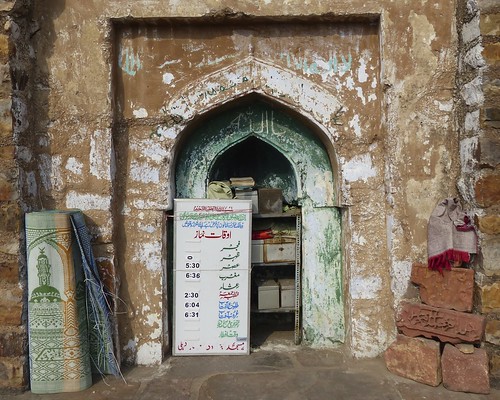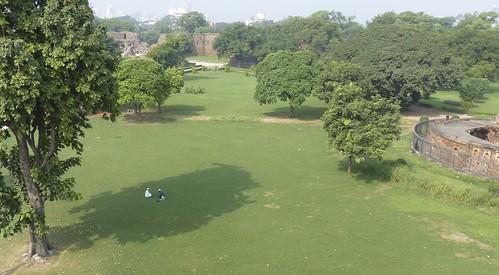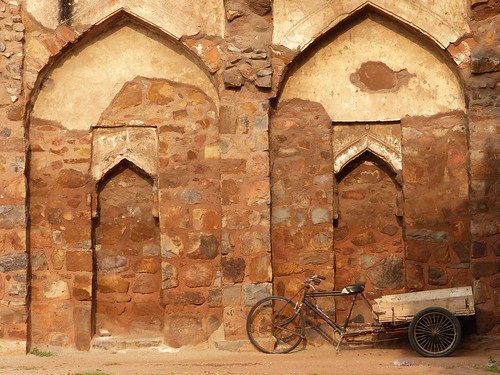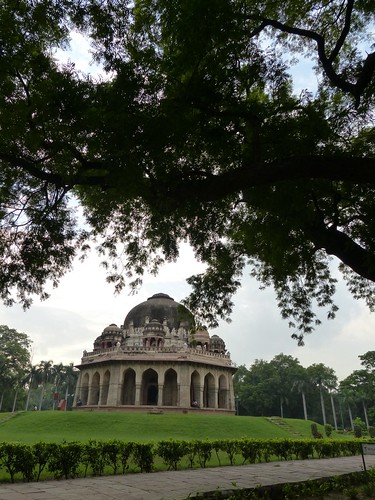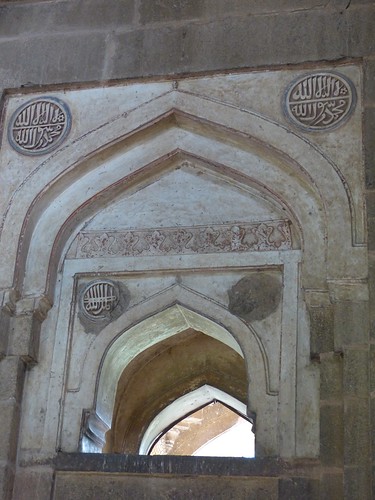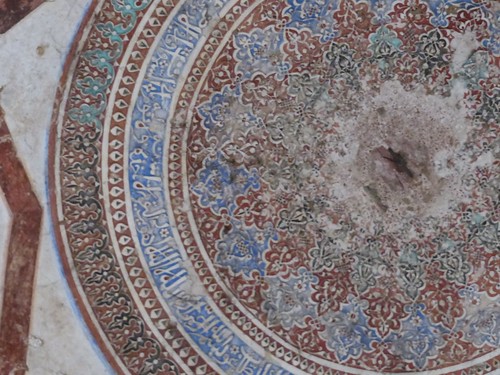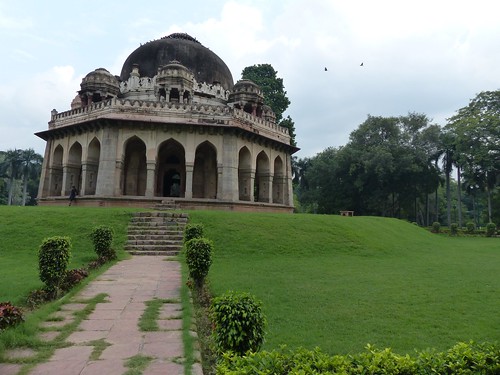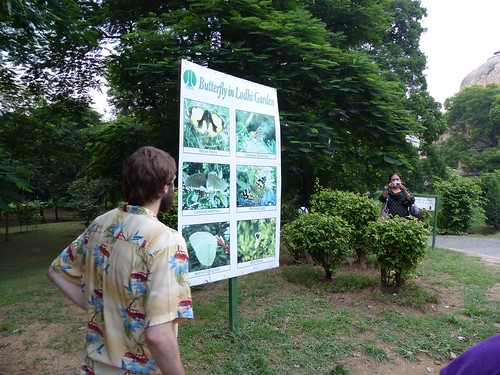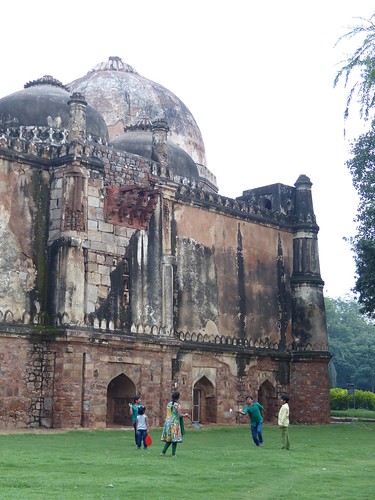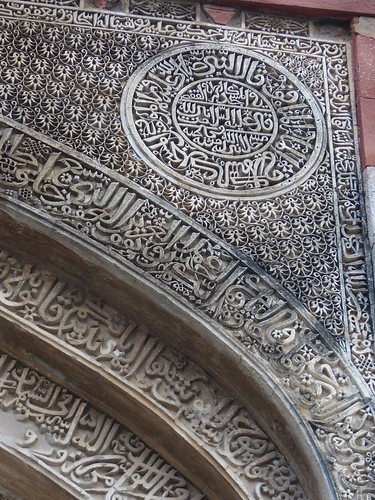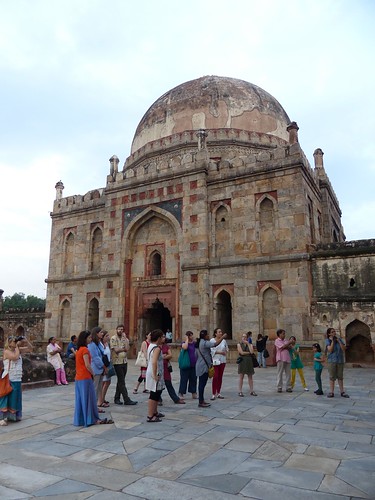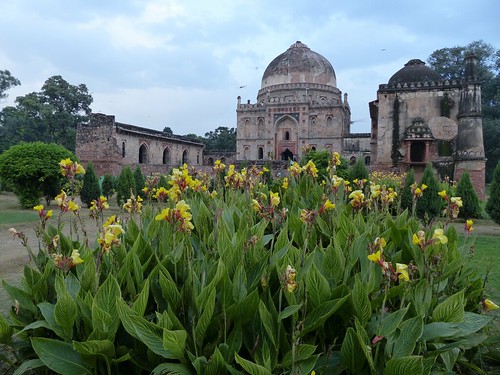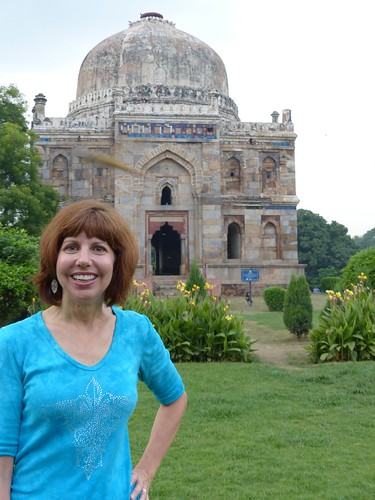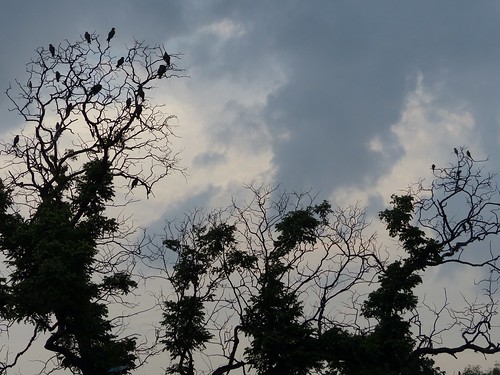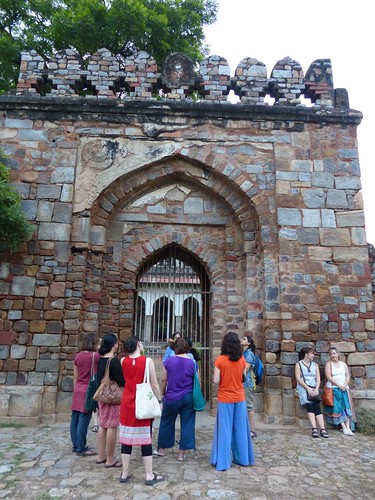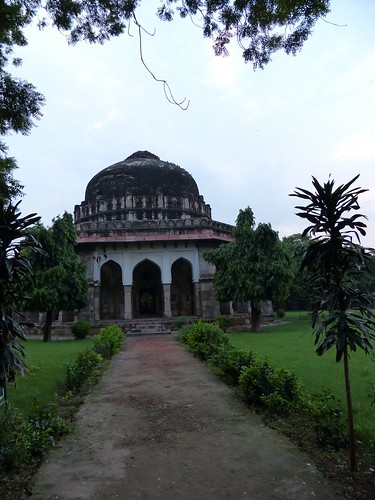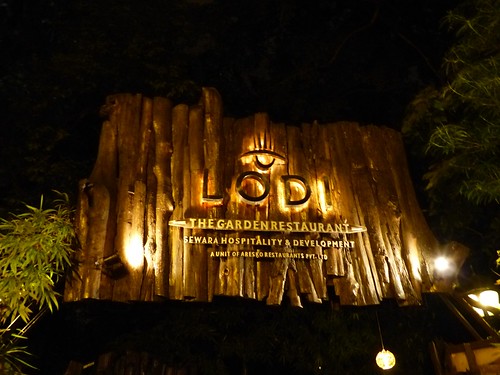Homebound with a bad cold this weekend, I am devouring my kindle. This morning, I clicked on City of Djinns: A Year in Delhi, by William Dalrymple, a book I’ve been meaning to read since moving here. The first line hooked me: “It was in the citadel of Feroz Shah Kotla that I met my first Sufi.”
I was just AT the Feroz Shah Kotla!
I visited the 14th-century capital city of Firuzabad with newbie teachers Jenna and Kaye on a tour with Delhi Heritage Walks. Our guide, Kanika, introduced us to the resident djinns at the ruins, but Dalrymple’s mystic told of their origin: “He said that when the world was new and Allah had created mankind from clay, he also made another race, like us in all things, but fashioned from fire. The djinns were spirits, invisible to the naked eye; to see them you had to fast and pray.”
The 5-Rupee entrance fee (8 cents) for Indians is waived on Thursdays, so locals come in droves to leave offerings and petitions for the djinns. Wedged into cracks or left on the ground next to burning incense, flowers, puffed rice and lighted oil lamps, sheets of white paper pleaded for the djinns to do everything from curing illnesses to fixing a cricket match, Kanika said.
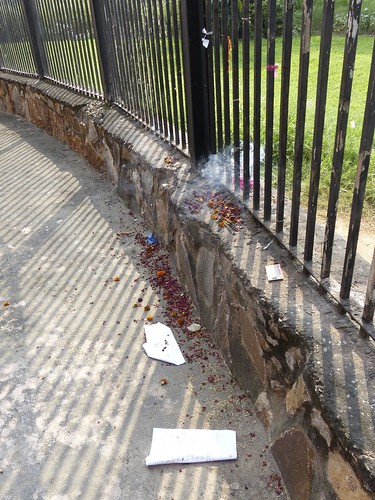
Some pilgrims tied ribbons, threads or strips of plastic to mark their prayer requests, especially on the fence surrounding the “Lat Baba.” The Ashokan pillar, moved from another location by Tughluq Emporer Firuz Shah, is reputedly home to the most powerful djinns, so its monument was rife with offerings.
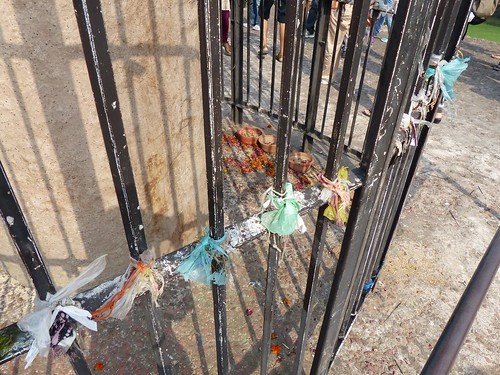
The pillar itself was fascinating. I had initially dismissed it as another concrete smokestack or unfinished construction project.
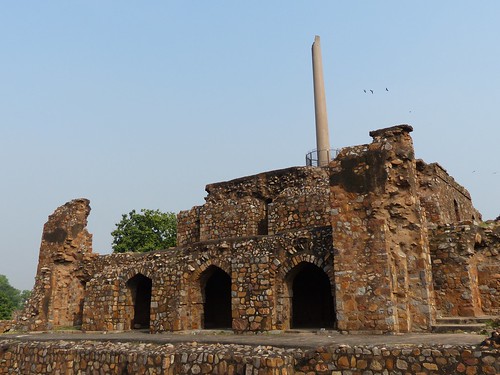
Up close, you could see its inscriptions, which were unfamiliar to Firuz Shah but compelling enough for him to move the 27-ton monolith to his capital city. The pillar was one of many inscribed with edicts from the third emperor of the Mauryan Empire, King Ashoka, during the 3rd century BCE, promoting nonviolence and early Buddhist teachings.
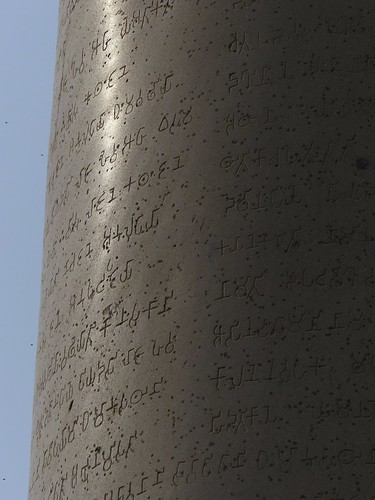
From the roof of the pillar’s monument, we could see the ruins juxtaposed with modern East Delhi. In 1354, Feroz Shah would have walked down a flight of stairs to the banks of the Yamuna River, but the river has since changed course and Delhi’s congested Ring Road now runs parallel to the ancient citadel.

Other highlights of our visit included the remains of a mosque, which is still being used today, and a three-story circular “baoli,” or step well.
The entrance to the mosque.

Prayer mats were stored in the niches.
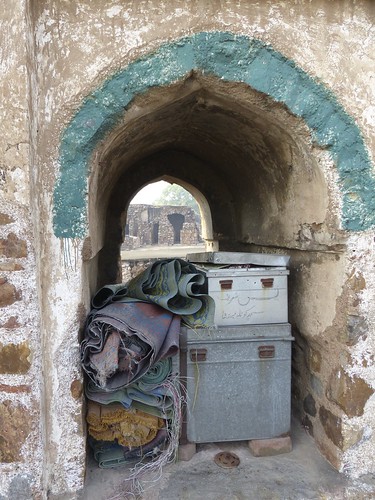
We climbed down a dark stone stairwell full of bats to reach the step well’s water level.

Although this would have been a bustling city in its day, I appreciated the early morning tranquility. Parakeets soared overhead as Kanika relayed her stories, and shadows shrank as the sun rose high in the hazy humid sky. We were parched and peckish by the time the tour finished, but before heading off to lunch we accepted the tour company’s offer of fresh limeade “salty sweet.”
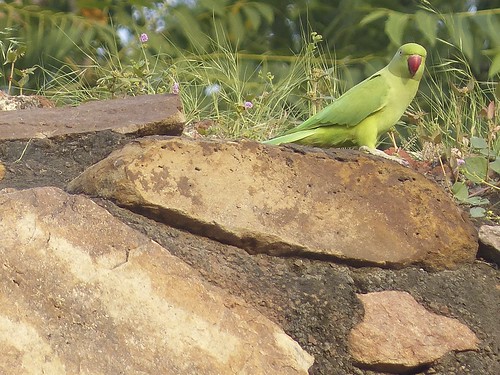
I had planned to write more about this tour, but Kanika did such a beautiful job on the Delhi Heritage Walks website. Check it out!
Here’s a link to a World Monument Funds brochure, also pretty cool.
This e-book, Delhi: Ancient History, edited by Upinder Singh, features interesting anecdotes about the Ashokan pillar. Scroll to page 207.

